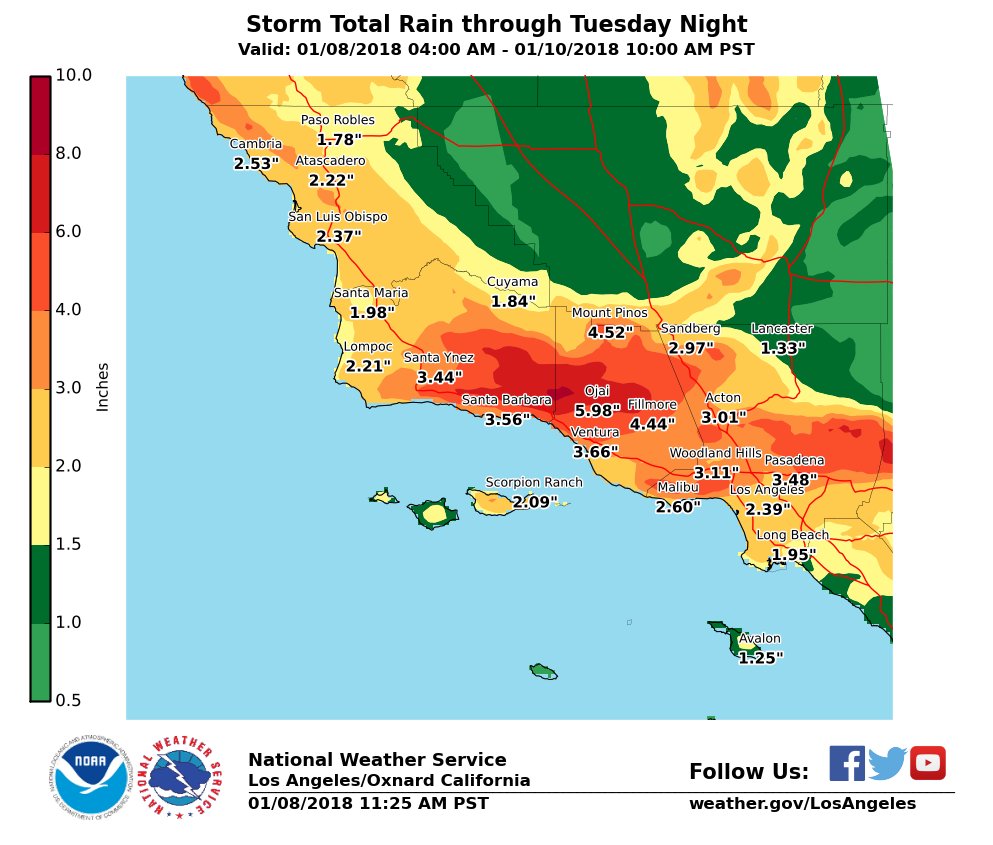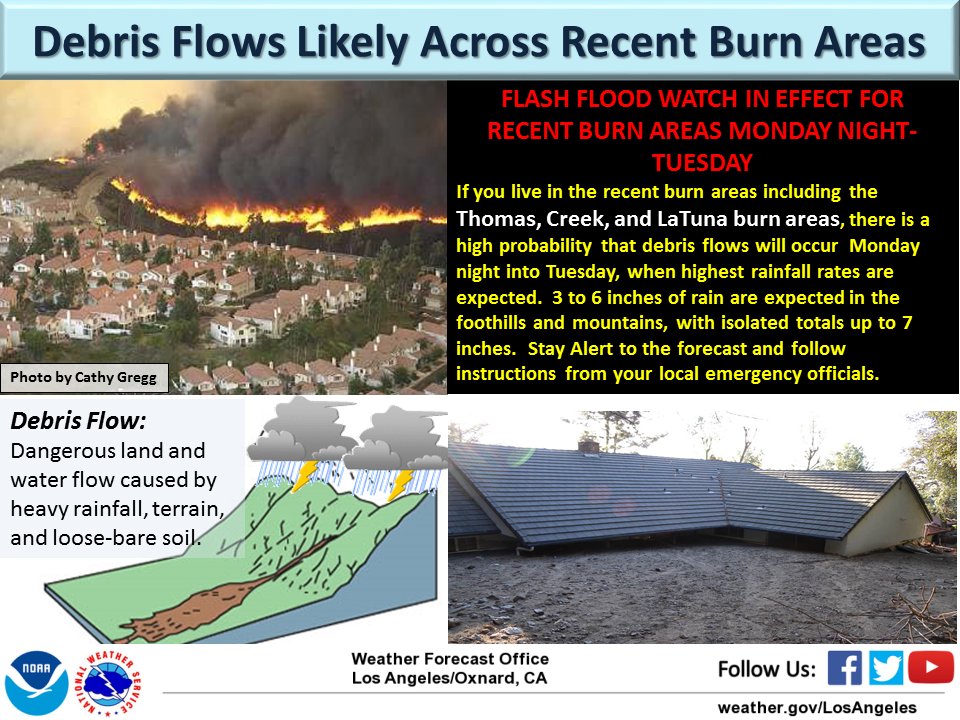Above: A map from the report showing the entrapment location. The red line was the firefighter’s path of travel. It leads from the black circle, which was the site of the first spot fires, to a drainage.
(Originally published at 6:25 p.m. MST January 8, 2018)
CAL FIRE has released a “Green Sheet” preliminary report for the line of duty death of CAL FIRE Fire Apparatus Engineer Cory Iverson of the CAL FIRE San Diego/San Diego County Fire Authority. Engineer Iverson was overrun by fire and killed December 14, 2017 while battling the Thomas Fire in Ventura County north of Fillmore, California.
While working with a hose lay along a dozer line he was attempting to suppress a spot fire across the fireline. As one spot fire became multiple spot fires he attempted to escape but was not successful.
The entire 2.6MB report is here. The portion of the document that describes the entrapment is below. Fire Apparatus Engineer Iverson is “FAE1” in the report.
…FAE1 responded on the assigned tactical frequency, that he saw the spot fire. He engaged the spot fire that was on the edge of the dozer line with his hand tool.
Immediately after the report of the spot fire, a second spot fire was reported approximately 20 feet into the green.
At some point, before leaving the dozer line, FAE1 dropped a 100 foot length of hose from his hose pack on the dozer line. This action left 200 feet of hose still in his hose pack.
As FAE1 reached the second spot and began to take action, it erupted. At the same time, additional spot fires erupted along the dozer line west of the original spot fire. FF1 sprayed in the direction of the spot fires. The spot fires rapidly increased in size and the hose stream was ineffective. FAE1’s escape route back to dozer line was cut off. FAE1 began traveling southwest, paralleling the dozer line. Due to fire intensity, FAE1 turned and headed down slope to the south. FAE1 made a request, on the assigned tactical frequency, for immediate air support. This was the last confirmed radio transmission by FAE1. STL1 contacted HLCO for immediate air support. HLCO responded, he had additional copters coming in and they too would begin to work the area.
At approximately 9:25 AM, FC1 reported to FAE1 on the assigned tactical frequency, additional spots were below him and he told FAE1 to “Get out of there.”
The fire intensity increased in the green along the dozer line. FF1 and FF4 retreated along the dozer line, while FF2 and FF3 retreated along the dozer line and then up into the black, towards the mid-slope road. All four FF’s dropped their hose packs on the dozer line while retreating.
At approximately 9:27 AM, FC1 declared, on the assigned tactical frequency, “Mayday, we’ve got a firefighter down.” FC1 then clarified, “We have a firefighter trapped.” STL1 confirmed with DIVS X he copied the “Mayday” of a firefighter trapped. DIVS X acknowledged the traffic with STL1 and requested, through Thomas Communications, an ALS ambulance to the address of the staging area below the avocado orchard.
At 9:28 AM, the response from Ventura County Fire Station 27 was started.
Copter 1, and two CWN copters, continued working the area below the dozer line attempting to provide an escape route for FAE1. These copters saw FAE1 retreating down through the green.
At that time, two spots erupted down slope and south of FAE1, in his path, causing him to turn southwest and start down slope toward the eventual entrapment site.
FC1 saw FAE1 fall and lost sight of him. Copter 1 also saw FAE1 fall, but get back up and continue down slope toward the eventual entrapment site.
It was described by those who saw FAE1 moving through the vegetation that the height was chest to head high; and in some cases, all that could be seen was the top of his helmet.
Prior to the fire, the vegetation height and thickness masked the view of the deep gulch in the drainage, which was the location of the eventual entrapment site.
STL1 contacted HLCO, re-confirmed a firefighter was trapped, and was told by HLCO, six helicopters were enroute.
The additional CWN copters arrived and each copter began working the area where FAE1 was last seen. Those copters dropped retardant at first, and then switched to water due to a faster turnaround time.
Thanks and a tip of the hat go out to Tom.
Typos or errors, report them HERE.




